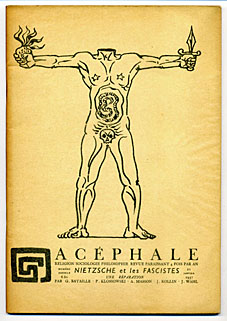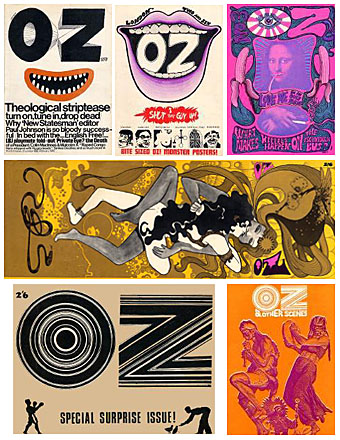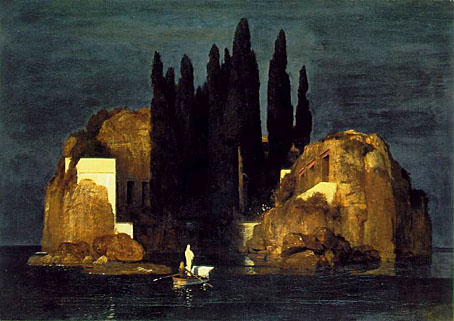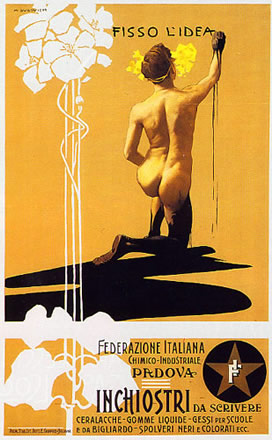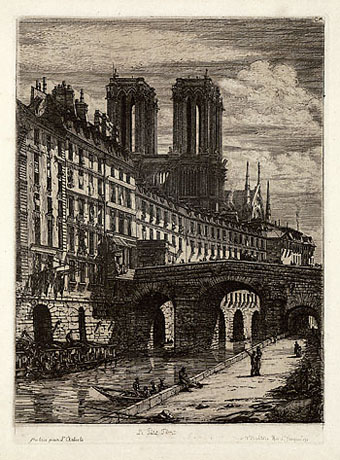
Charles Méryon (1821–1868) made his name producing etchings of the city of Paris, and became as accomplished at rendering the solidity of architecture as Piranesi. Méryon manages to do for the City of Light what Piranesi did for the Eternal City with his famous Vedute di Roma, celebrating the buildings whilst paying careful attention to the glamour of deterioration. I looked at the work of Méryon and Piranesi a great deal when embarking on my Lovecraft adaptations and still regret not buying an expensive (for the time) book of Méryon’s work in the late 1980s. Happily there are plenty of museum websites with his etchings in their collections.
Elsewhere on { feuilleton }
• The etching and engraving archive

